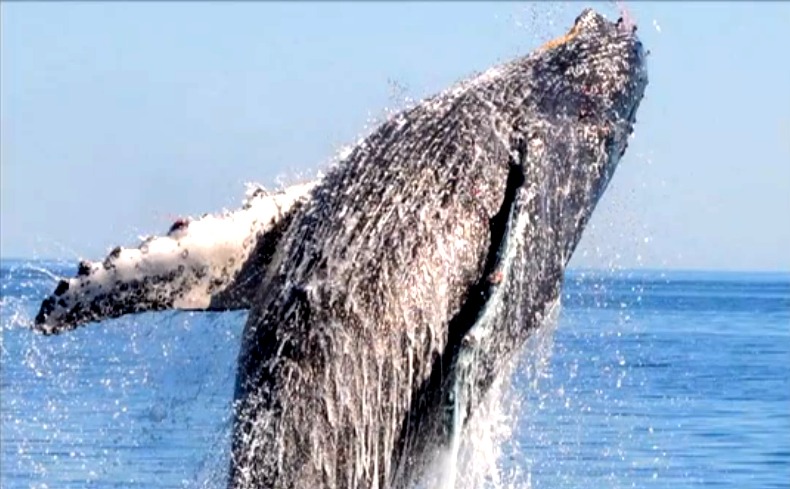Protect the oceans
Make a mini ocean cleanup kit and practice collecting, sorting, and measuring plastic trash at home to learn how reducing pollution protects marine life.



Step-by-step guide to Protect the oceans
🌊 Protect the Oceans from Pollution | Educational Videos for Children | @HappyLearningENG
Step 1
Gather all materials and set them on a clear table.
Step 2
Fill the tub halfway with water to make your mini ocean.
Step 3
Put one drop of blue food coloring into the water to make it look like the sea.
Step 4
Gently drop the small clean plastic pieces into the tub to create floating trash.
Step 5
Put on your rubber gloves before you start picking up trash.
Step 6
Use the tweezers or tongs to pick up one plastic piece at a time and put each piece into a single “collected” bowl.
Step 7
Sort the collected pieces into different bowls by type (for example bottle caps soft plastic pieces and small fragments).
Step 8
Count how many pieces are in each sorted bowl and write the numbers on your paper.
Step 9
Measure the length of each plastic piece with the ruler to see how big they are.
Step 10
Write the measurements next to each bowl’s count on your paper so you have a record.
Step 11
With an adult’s help put recyclable plastics into the recycling bag and non-recyclable pieces into the trash bag.
Step 12
Clean the tub and wash your hands with soap and water after the activity.
Step 13
Share a photo and what you learned about protecting the oceans by posting your finished mini ocean cleanup on DIY.org.
Final steps
You're almost there! Complete all the steps, bring your creation to life, post it, and conquer the challenge!


Help!?
What can we use if we don't have blue food coloring, rubber gloves, or tweezers?
If you don't have blue food coloring put a sheet of blue construction paper under the tub to make the sea, use dishwashing or garden gloves in place of rubber gloves, and substitute clean kitchen tongs, chopsticks, or a slotted spoon for the tweezers.
If the plastic pieces sink or the tweezers keep dropping them, what should we try?
If pieces sink, lower the water level in the tub or swap to lighter items like bottle caps from your small clean plastic pieces, and if tweezers drop pieces, gently dry slippery pieces first or use tongs/slotted spoon to pick them up one at a time into the collected bowl.
How can we change the activity for younger kids (toddlers) or older kids (preteens)?
For toddlers, have an adult set up the tub and let them wear gloves to drop and sort large bottle caps into bowls while skipping ruler measurements, and for preteens add measuring every piece with the ruler, record counts and lengths on paper, and analyze the data before posting on DIY.org.
What are ways to extend or personalize the mini ocean cleanup after finishing the sorting and measuring?
After you count and write measurements for each sorted bowl, extend the activity by turning the counts and measurements into a bar graph or poster, making an art collage from cleaned recyclable caps, and sharing the photo and what you learned on DIY.org as the final step.
Watch videos on how to Protect the oceans
World Oceans Day | Protect Our Oceans
Facts about ocean conservation for kids
♻️ Only around 9% of all plastic ever produced has been recycled, so most plastic ends up in landfills, incinerators, or the environment.
🗑️ About 8 million metric tons of plastic enter the oceans each year — imagine a garbage truck of plastic dumped into the sea every minute!
🔬 Microplastics are tiny pieces of plastic that have been found in seawater, fish, sea salt, and even tap water, showing how widespread plastic pollution is.
🐢 Sea turtles, seabirds, and marine mammals often mistake plastic for food or get tangled in it, which can injure or kill them.
🌊 The Great Pacific Garbage Patch is a huge swirl of floating debris that collects plastics and microplastics across a large area of the North Pacific.
How do I make and use a mini ocean cleanup kit at home?
What materials do I need for a mini ocean cleanup kit activity?
What ages is the mini ocean cleanup kit activity suitable for?
What safety precautions should we follow during the mini ocean cleanup kit activity?


One subscription, many ways to play and learn.
Only $6.99 after trial. No credit card required


